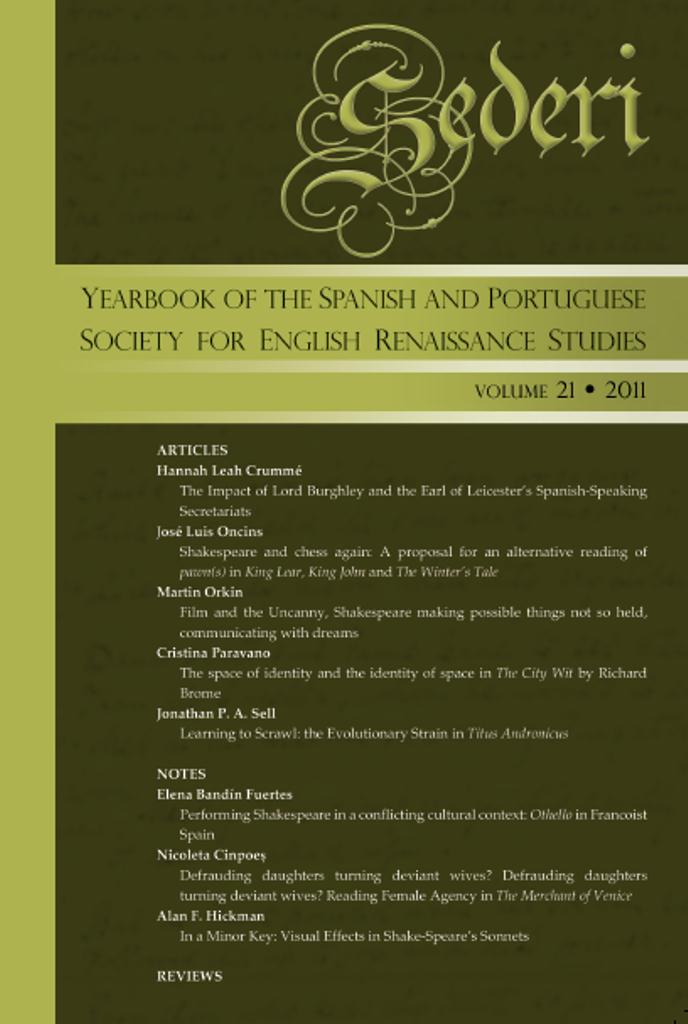In a Minor Key: Visual Effects in Shake-Speare’s Sonnets
Keywords:
Renaissance, England, Shakespeare, sonnet, typography, book designAbstract
Students of the sonnets are no doubt aware that they abound in wordplay that rewards multiple readings. They may be less aware, especially if they are unfamiliar with the original 1609 Quarto edition, that the poems may have been arranged to have a visual impact as well.
The sonnet form itself is emblematic of a number of familiar referents, including an escutcheon, a “glass” (mirror), a leaf, and a seal. One might even see in the poems, as did Lady Mary Worth and John Donne in their “crowns” of sonnets, the links in a chain, or necklace. The sonnet form is roughly the poetic equivalent to the portrait miniature (a fad of the day) in art. I shall be pursuing these analogies in my paper.
The most striking visual effect occurs in Sonnet 126, the last of the “fair youth” sonnets, which consists of six rhymed couplets followed by...
Downloads
Downloads
Published
Issue
Section
License
The copyright holder of the published contributions is SEDERI.The hardcopy and an open-access version of the journal will be published simultaneously. The issues will be available online in the SEDERI website (http://www.sederi.org/yearbook/) and other repositories that have signed an agreement with SEDERI.
The authors who publish with this journal agree to the following terms:
a) SEDERI retains copyright of the essay.
b) If the author wishes to republish or rewrite the essay for another journal, or include the essay published in SEDERI in their personal repositories, or in any other way, they should contact the editors to obtain permission to do so. This will entail citing SEDERI as the original source and sending the editors a copy of the new version, or the link to the website, in case of online publishing.
The author(s) hereby warrant(s) that:
a) The essay submitted for publication is an original creation and does not infringe any copyright or property right of another journal, author or publisher.
b) The essay submitted for publication has not been previously published, whole or in part, and is not being considered for publication elsewhere.
c) Written permission has been obtained for any material from other sources included in the essay submitted for publication.




